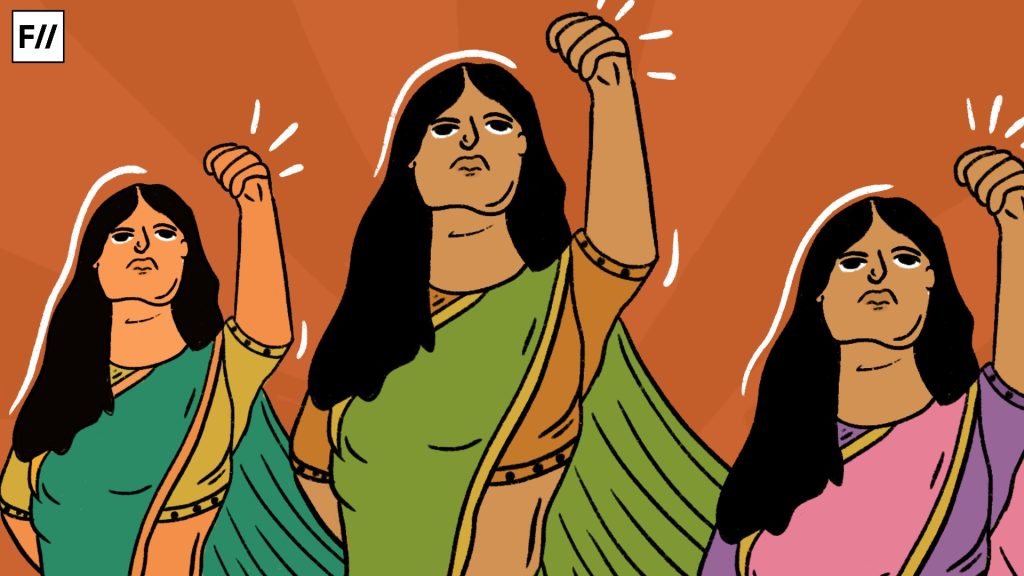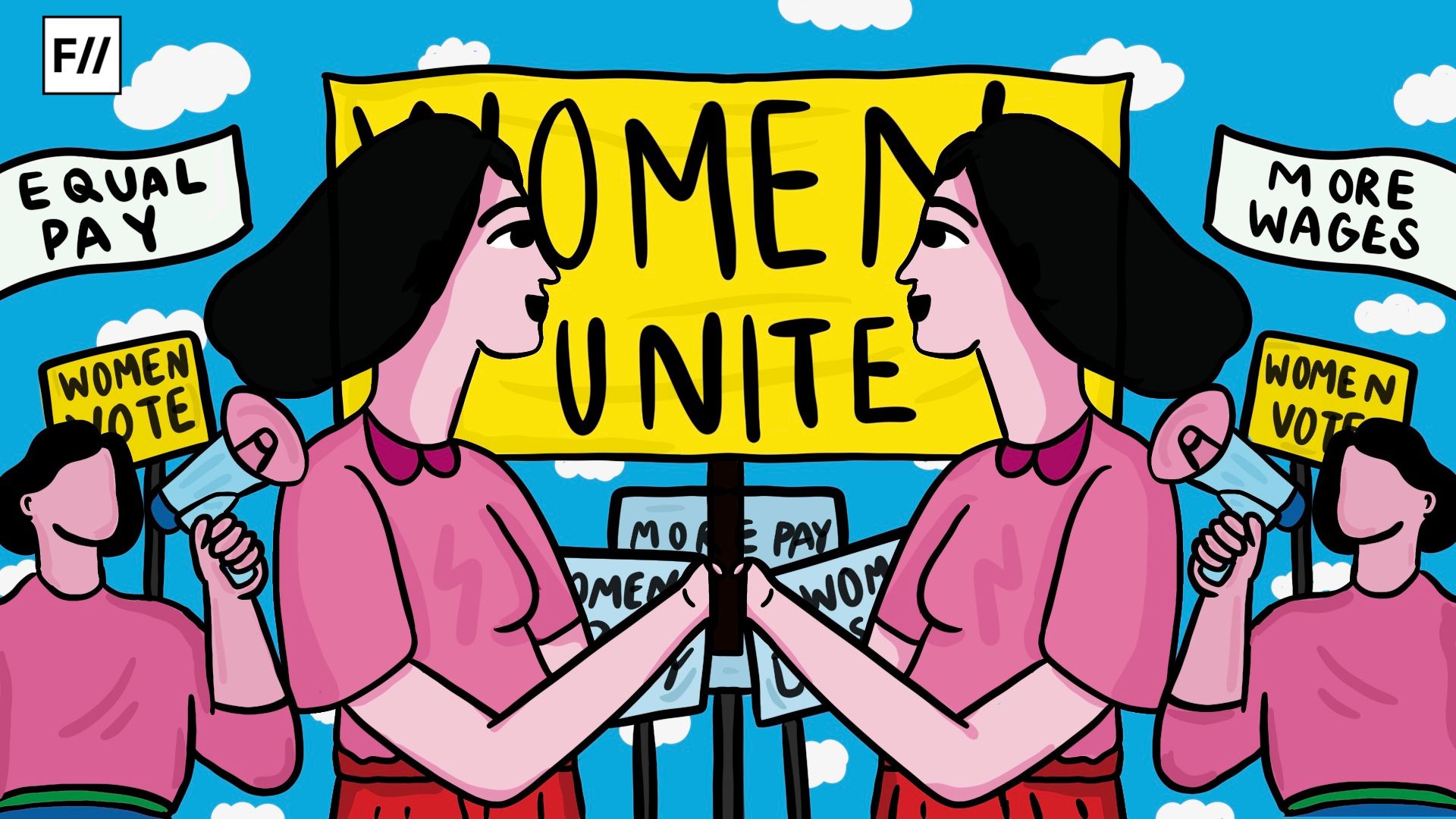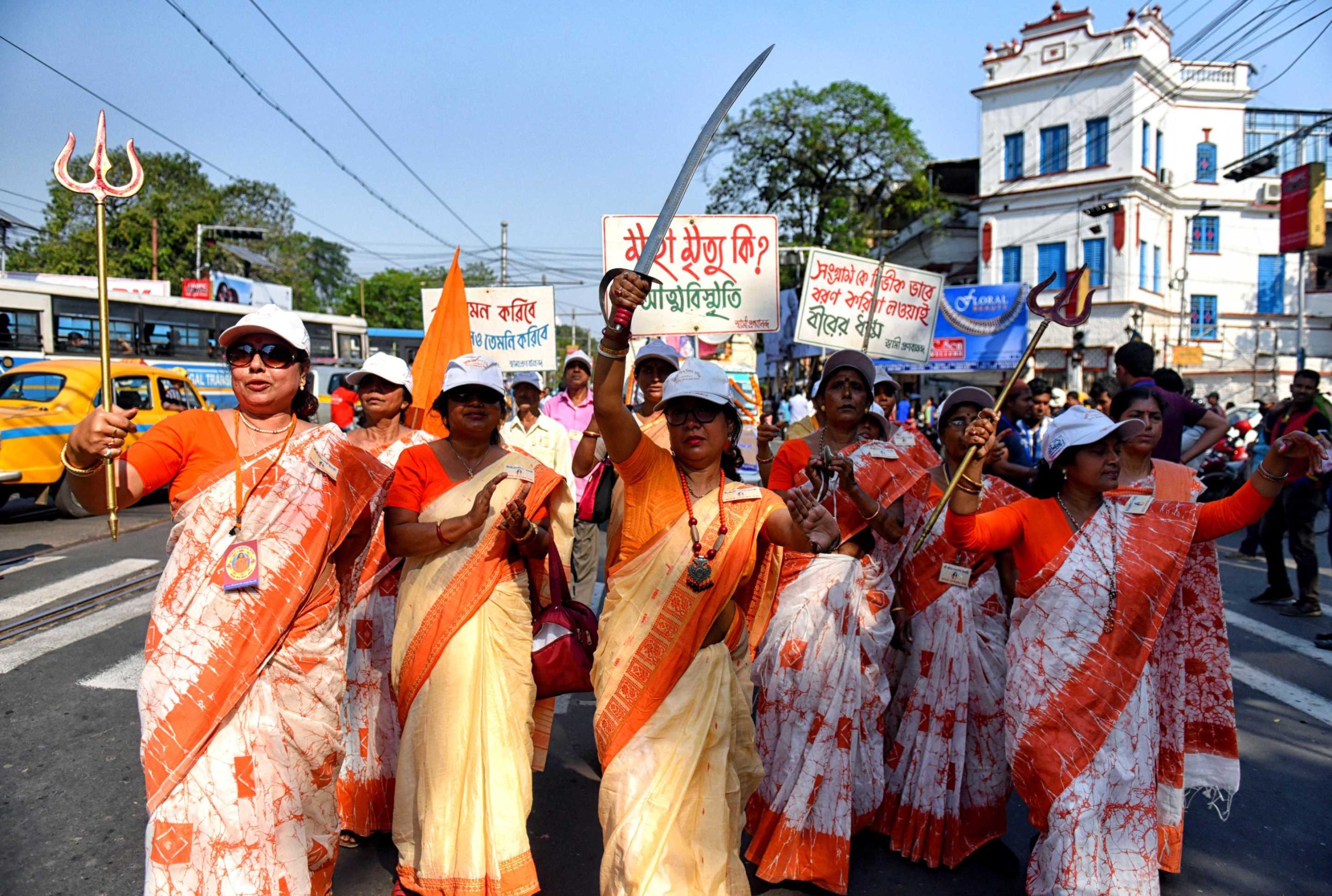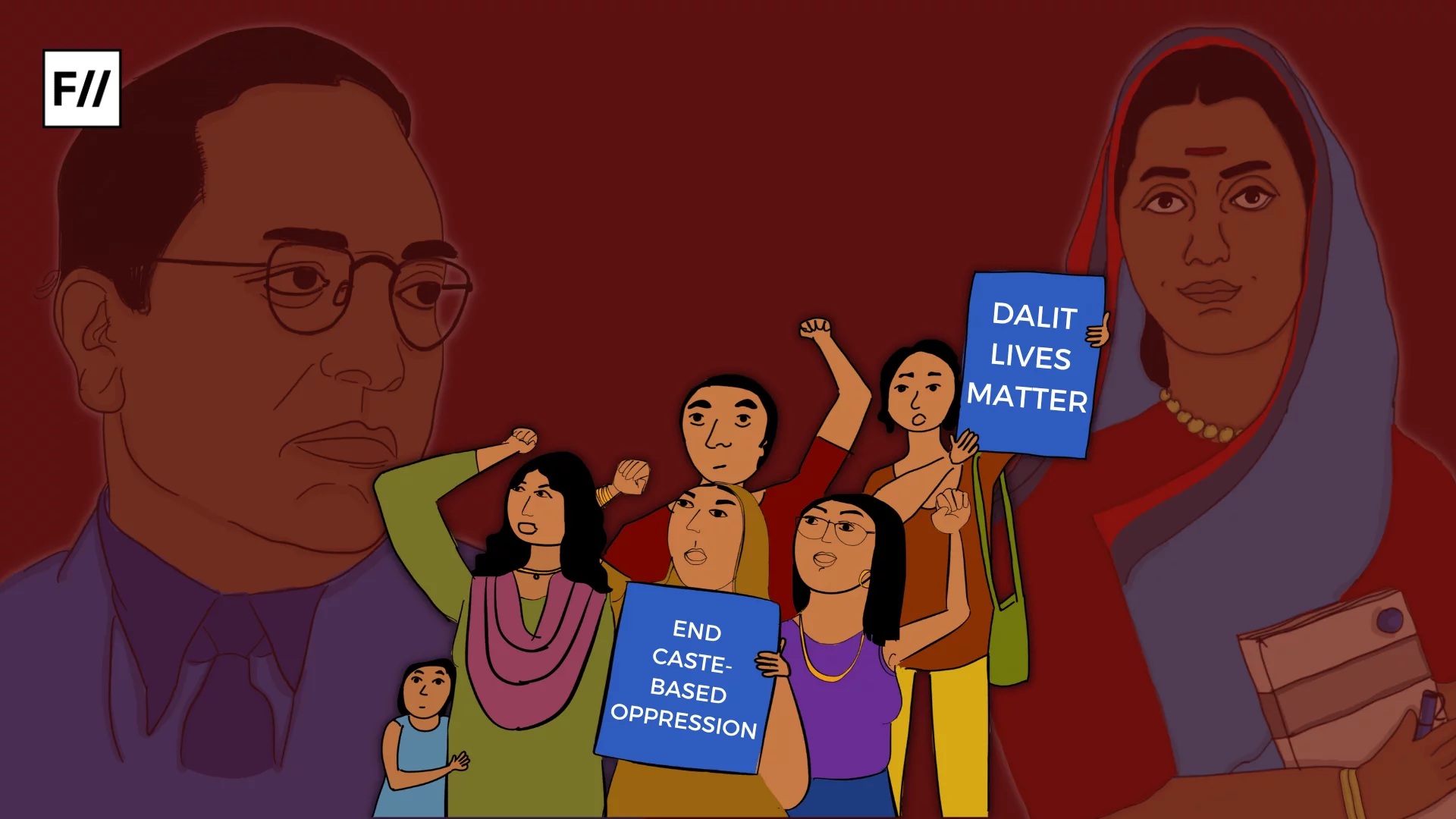The notion that feminist sensitivities should inform foreign policies was first effectively introduced into the governmental system by Swedish Foreign Affairs Minister Margot Wallström in 2014. Since then, feminist foreign policy, or feminist diplomacy, has been extensively integrated and developed by several countries and political parties. The adoption of a feminist foreign policy (FFP) significantly impacts the external conduct of a country’s government.
The application of feminist foreign policies by a country’s government demonstrates an administrative commitment to empowering and guaranteeing the meaningful contribution of women across various legislative areas. At its core, a feminist foreign policy envisions a world where gender inequalities are completely eradicated. In principle, therefore, feminist foreign policy seeks to tackle gender-based power dynamics and redefine conventional conceptions of security, peace, sovereignty, sexuality, governance, and nation-building.
Sweden’s gender-sensitive international agenda is centred chiefly on three Rs: the rights of women and girls, the representation of women in political decision making and resources to promote gender equality initiatives. The Swedish Foreign Service action plan for FFP delineates the additional areas where the Swedish Foreign Service must aid in “all women’s and girls i) full enjoyment of human rights, ii) freedom from physical, psychological and sexual violence, iii) participation in preventing and resolving conflicts, and post-conflict peacebuilding, iv) political participation and influence in all areas of society, v) economic rights and empowerment, and vi) sexual and reproductive health and rights (SRHR)“
Following Sweden’s foundational attempt at creating a feminist foreign policy, several countries have since embraced similar approaches, incorporating gender equality principles into their international relations and development strategies. In 2024, the list includes Canada (2017), Chile (2022), Colombia (2022), France (2019), Germany (2022), Libya (2021), Liberia (2022), Luxembourg (2021), Mexico (2020), the Netherlands (2023), Scotland (2023), Spain (2021), and Slovenia (2023). With the involvement of Latin American and African countries in the initiative, feminist foreign policy has surpassed its initial confinement to the “Global North.”
Does a feminist foreign policy work only in wealthy western nations?
Mexico was the first country from the “Global South” to adopt a feminist foreign policy. As more developing countries incorporate FFPs into their international agendas, the question arises: Is FFP a tool exclusively used by Western nations? A major concern within such discourses is the potential strengthening of global hierarchies.

At the epicentre of feminist foreign policy is its imminent evolutionary capability to resist gender inequalities and structural inadequacies in the configuration of national and international governmental practices and strategic approaches. However, there exists a very real complication that these plans could also actively operate to sustain exceptionalism and national identity that uphold global hierarchies and address issues beyond national borders, such as the militarisation of migration policies, the marginalisation of indigenous communities, and arms exports. Many scholars question whether feminist foreign policies are effectively challenging and dismantling the structures that marginalise non-dominant groups, or if they are merely perpetuating existing power dynamics under the guise of feminist rhetoric.
Feminist international relations theory strongly critiques the patriarchal systems and practices prevalent in foreign policy. However, these policies are most often grounded on the markedly western ideal of a hierarchical binary between men and women. Such a dichotomous categorisation of gender is frequently wielded as a method of domination by the west. Although some of the newer FFPs indicate a seemingly intersectional approach, they still function on the premise of categorisation rather than challenging underlying systemic inequalities.
Scholar Maria Paulina Rivera Chàvez argues that “intersectionality —in its current usage by policy makers and institutions— has become an instrument of neoliberal ideology, governing difference by reifying these categories (women, black, homosexual, poor) and adding groups to the structure instead of eliminating the conditions that maintain racism, sexism, classism, etc.” This approach excludes non-dualistic groups and LGBTQ+ irregular migrants.
Moreover, global challenges such as migration and climate change continue to be made within capitalist, racist, and patriarchal frameworks. Policies under FFPs have not significantly altered the violent and exclusionary practices faced by migrants, especially those from marginalised groups.
What does a successful feminist foreign policy look like?
There is no singular, established definition for feminist foreign policy. Common to all the different approaches to incorporating feminist values into government action is the goal of amplifying women’s visibility in international relations. Nevertheless, merely integrating women into an existing patriarchal system without challenging the fundamental gender norms that perpetuate violence and conflict does not result in a sufficiently comprehensive FFP.

A study by UN Women and the Inclusive Peace and Transition Initiative highlights that while women’s inclusion enhances opportunities for peace, their mere presence at negotiation tables does not guarantee better outcomes for women. It is the degree of influence that women wield in these processes that truly makes a difference, not just their numerical presence.
The guiding doctrine of a successful feminist foreign policy should be framed with intersectional analysis. Scholars Victoria Scheyer and Marina Kumskova in their essay Feminist Foreign Policy: A Fine Line Between “Adding Women” and Pursuing a Feminist Agenda define and identify indicators of an intensive FFP as “political dialogue, feminist political economy, individual safety and wellbeing, empathic communities, inclusivity, and a gender analysis based on intersectionality.”
Scholars of feminist theory argue that many current examples of FFPs attempt to embed women into governmental systems and decision-making roles while simultaneously neglecting intersectional groups, which are left unaddressed in foreign policy due to their inherent gender biases. Moreover, even women’s rights are not always comprehensively integrated into feminist foreign policies, as each governments’ interpretation of which women’s rights to protect can vary. There is typically less focus on how the arms trade impacts women’s rights and security, especially if the government is not directly involved in the conflict. Additionally, governments often prioritise the rights of women who are permanent citizens or those within their borders, neglecting refugees, stateless individuals, and migrants, who remain vulnerable to violence and discrimination.
Without substantial alterations and assimilation of intersectional methodology to the current structural model of most feminist foreign policies, feminist approaches in legislative and administrative diplomacy run the risk of rendering feminist initiatives as yet another fleeting and superficial fix that may not effectively resolve the world’s ongoing crisis.
About the author(s)
Gayathri S (she/her) is currently pursuing her master's in English. With a deep-rooted love for literature and writing, she hopes to streamline her interests towards a career in journalism. Alongside her studies, Gayathri has gained practical experience through internships in content writing, editing, and research. These opportunities have strengthened her commitment to impactful storytelling and managing projects aligned with broader social goals. Gayathri looks forward to merging her passion for writing with journalism, where she can explore and report on diverse narratives.






